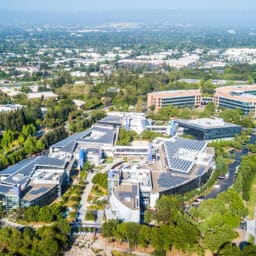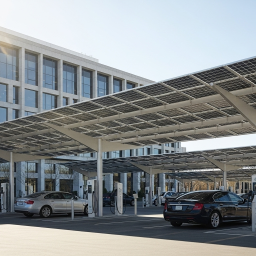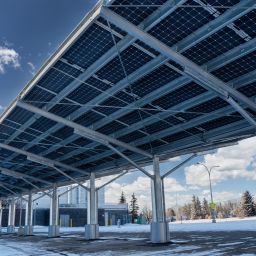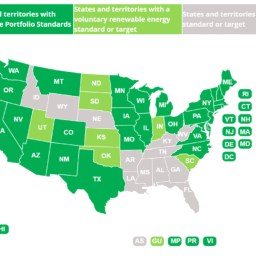 With environmental impact becoming a growing concern among many constituents, cities across the U.S. are looking for ways to reduce their carbon footprint and make a solar for governments push. While many environmental programs can take years to implement, and millions of taxpayer dollars, installing solar PV to power government facilities can be a quick, easy and cost-effective measure with a powerful and visible impact.
With environmental impact becoming a growing concern among many constituents, cities across the U.S. are looking for ways to reduce their carbon footprint and make a solar for governments push. While many environmental programs can take years to implement, and millions of taxpayer dollars, installing solar PV to power government facilities can be a quick, easy and cost-effective measure with a powerful and visible impact.
Although renewable prices have decreased over the last few years, many barriers to entry remain, including high upfront costs for engineering, permitting, and construction. In recent years, solar power purchase agreements (PPAs) have become an increasingly popular tool for local governments and municipalities looking to adopt solar. This financing mechanism allows cities to take advantage of benefits previously unavailable to tax-exempt entities, unlocking prices which can often be substantially lower than the rate paid to local utilities.
The PPA model is a “third-party” ownership structure, requiring a separate, taxable company to procure, install, and operate the solar array on the governmental agency’s premises. The city or municipality will then enter a (usually 15-30 year) contract to purchase 100% of the electricity generated by the solar array from the system owner. Other factors, such as net metering and renewable energy certificates (RECs) can positively affect pricing as well. In addition to the previously mentioned benefits, a government utilizing a PPA can depend on a predictable cost for its electricity over 15-30 years, as opposed to relying on the often-turbulent prices of conventional electricity sources.
Which Cities are Utilizing Solar the Most?
It should be no surprise that cities such as Los Angeles, San Diego, and Phoenix lead in terms of installed solar PV capacity. While LA had nearly 420 MW of PV solar installed in 2019, it ranked just 14th per capita. Meanwhile, Honolulu hosts an incredible 646.44 Watts-DC/person, more than double the next city on the per capita list (San Diego).
The Sacramento County Municipal Utility District (SMUD) recently signed a 30-year power purchase agreement for a 160 MW facility located on the site of Rancho Seco’s decommissioned nuclear generation station. While these kinds of larger-scale PPAs are often easier to get off the ground in solar-friendly states like California, many states have opened up legislation to allow for PPA financing, as we recently outlined in our article on the state of the market.
SCF and Municipalities
Sustainable Capital Finance has completed projects within several municipalities, such as the City of San Joaquin (113 kW), El Camino Irrigation District (356 kW), and our most recently completed project, HP Palo Alto. At 1444 kW, the installation is currently the largest solar system built in the city to date.
Our extensive portfolio expertise, including projects ranging from city halls, police departments, water treatment, recreation centers, and landfills, gives us the experience needed to ensure a fast and seamless solar integration.
To learn more about our solar for municipalities PPA financing options, please contact our team today.









